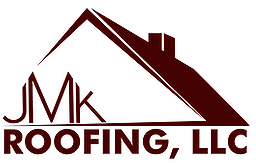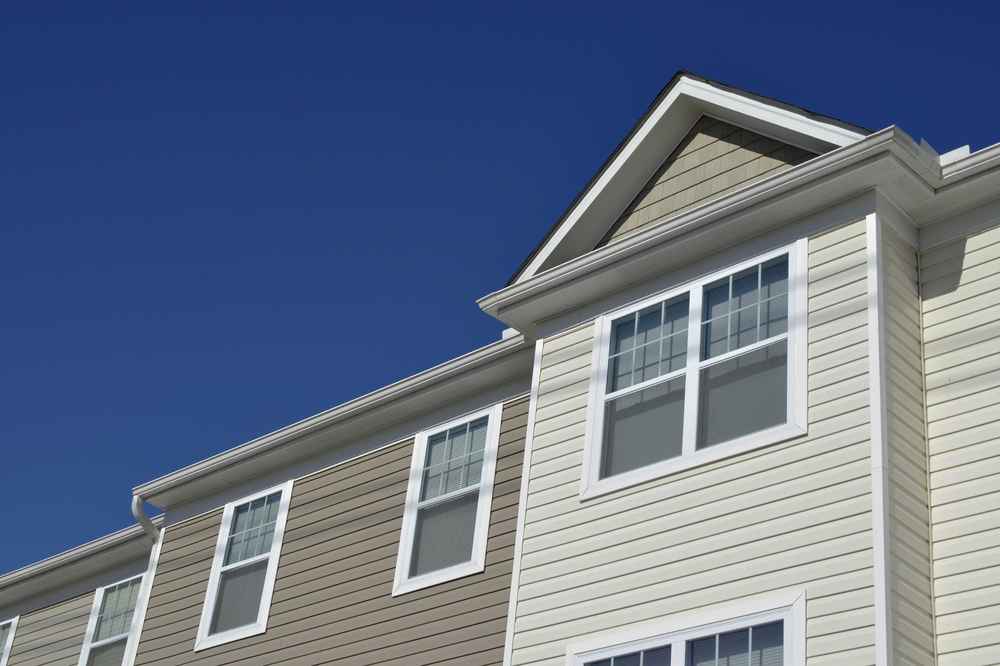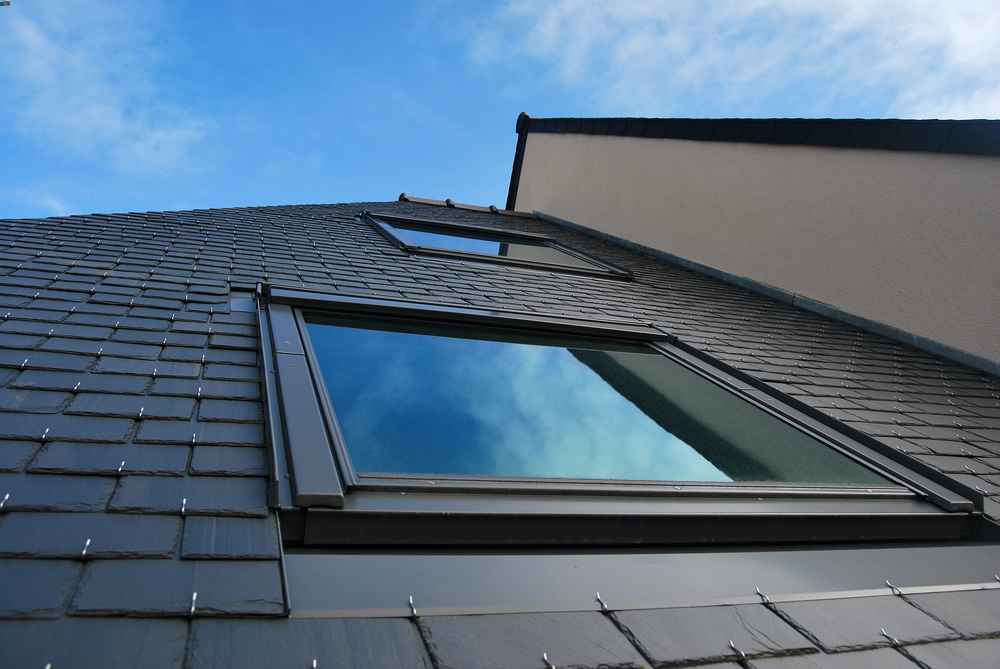Winter in Lancaster can be tough on roofs, leading to a variety of issues that homeowners must address. Snow, ice, and freezing temperatures can cause significant damage if left unchecked. Understanding common winter roof problems can help you take preventive action and avoid costly repairs. This guide will cover the most frequent roofing issues in winter, why they happen, and how to protect your home.
Why Winter Weather Puts Your Roof at Risk
Before diving into the specific issues, it’s important to understand how winter weather affects your roof. Cold temperatures, moisture buildup, and fluctuating conditions can weaken roofing materials over time. Here’s how winter elements impact your roof:
- Snow Accumulation – Excessive snow adds weight, which can strain the roof’s structure.
- Ice Formation – Melting and refreezing create ice dams that block proper drainage.
- Wind Damage – Harsh winter winds can loosen shingles and damage flashing.
- Freeze-Thaw Cycles – Water seeps into small cracks, expands when frozen, and worsens existing damage.
Now, let’s explore some of the most common roofing problems in the winter and how to address them.
1. Ice Dams: A Major Winter Roofing Hazard
One of the most common winter roof problems in Lancaster is ice dams. These occur when snow on the roof melts due to heat escaping from the attic, then refreezes near the roof’s edge, preventing proper drainage. The trapped water can leak under shingles and cause serious water damage.
How to Prevent Ice Dams
- Keep your attic well-insulated to prevent heat loss.
- Ensure proper ventilation to maintain a consistent roof temperature.
- Remove excess snow from the roof using a roof rake to prevent buildup.
For more information on ice dam prevention, check out the U.S. Department of Energy for attic insulation tips.
2. Snow Load: Can Your Roof Handle It?
Heavy snow accumulation is another common roofing problem in the winter. A large amount of snow can put stress on your roof’s structure, leading to sagging or even collapse in extreme cases.
Warning Signs of Snow Overload
- Cracking sounds from the roof
- Doors or windows that suddenly stick
- Visible sagging in the ceiling or roofline
How to Reduce Snow Load
- Use a roof rake to clear snow from the edges after heavy snowfall.
- Have a professional inspect your roof’s load-bearing capacity.
- Consider reinforcing your roof if it’s older or has a history of structural issues.
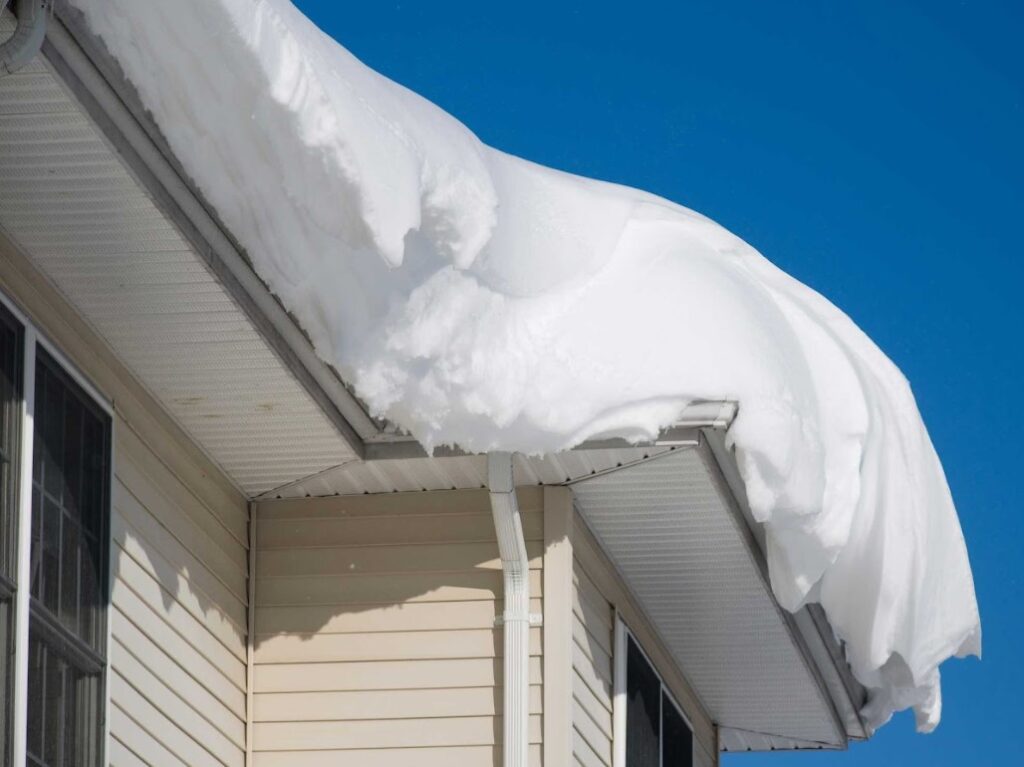
3. Roof Leaks & Water Damage in Winter
Leaks are one of the most common winter roof problems homeowners face. Ice dams, snowmelt, and clogged gutters can lead to water seeping into your home.
Preventing Roof Leaks
- Check for damaged or missing shingles before winter begins.
- Keep gutters clean to allow proper water drainage.
- Inspect your attic for signs of moisture, such as mold or damp insulation.
If you notice signs of water damage, it’s essential to act quickly to prevent structural issues.
4. Flashing & Sealant Damage From Cold Weather
Roof flashing, which seals joints and edges, can crack or deteriorate in cold temperatures. Sealants around chimneys, vents, and skylights can also shrink in freezing conditions, creating gaps where water can enter.
How to Prevent Flashing & Sealant Damage
- Inspect flashing before winter and replace any loose or damaged sections.
- Use high-quality, cold-weather-resistant sealants.
- Schedule a professional inspection to ensure all seals are intact.
For guidance on selecting weather-resistant roofing materials, visit the National Roofing Contractors Association.
5. Gutter Problems & Ice Blockages
Clogged or frozen gutters can lead to several issues, including water backing up under shingles and icicles forming along the roofline. These icicles may look pretty, but they can be dangerous if they fall and damage property or injure someone.
Keeping Gutters Clear in Winter
- Clean gutters in late fall to remove leaves and debris.
- Install gutter guards to prevent clogs.
- Ensure downspouts direct water at least five feet away from your home’s foundation.
Regular maintenance helps prevent costly damage caused by improper drainage.
6. Condensation & Attic Moisture Issues
A poorly ventilated attic can lead to condensation buildup, which encourages mold growth and weakens roofing materials. This is especially common in homes with inadequate insulation or blocked vents.
How to Prevent Attic Condensation
- Ensure attic vents are open and unblocked.
- Add insulation to keep warm air from rising into the attic.
- Check for signs of moisture, such as damp insulation or a musty smell.
If left unchecked, condensation can lead to structural damage and affect indoor air quality.
Protect Your Roof This Winter with Expert Help
Addressing common roofing problems in the winter early can save you from costly repairs later. At JMK Roofing, we provide professional inspections and roof repairs to keep your home protected during Lancaster’s harsh winters. Whether you’re dealing with leaks, ice dams, or heavy snow buildup, we’re here to help.
Don’t wait until winter damage worsens—get a free estimate now!
